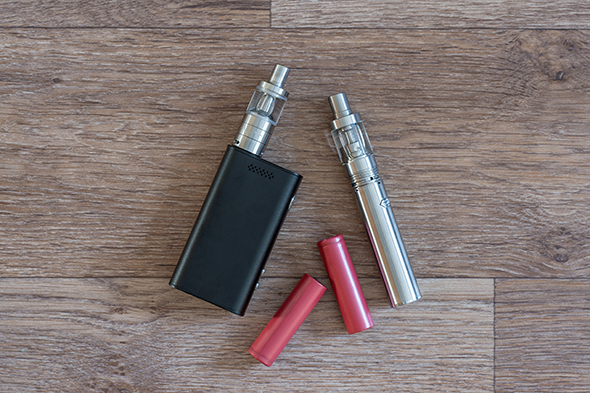Greetings, everyone. The first complete new week of the New Year was categorized by relatively limited regulatory action, perhaps as everyone got back from the holiday and prepared to launch into the swing of things. Nevertheless, here are the items of note:
FDA
Lithium batteries continue their long reach into the affairs of the regulatory agencies, this time at the Food and Drug Administration (FDA). The agency announced several actions concerning issues related to batteries used in electronic nicotine delivery systems (ENDS), including electronic cigarettes (e-cigarettes). These actions are intended to give CTP staff an opportunity to hear from the public, including tobacco product manufacturers, importers, researchers, and academic investigators, about ENDS battery safety concerns, risk mitigation, and design parameters. FDA is announcing a public workshop on ENDS batteries and safety hazards to be held on April 19 and 20, 2017, from 8:30 a.m. to 4:30 p.m. Individuals who wish to attend the public workshop must register by March 17, 2017. Here’s your link to the action
EPA
If your company used a “hazardous substance” as part of its operating model, EPA is changing the game. The U.S. Environmental Protection Agency (EPA) is adding a subsurface intrusion (SsI) component to the Hazard Ranking System (HRS), which is the principal mechanism that EPA uses to evaluate sites for placement on the National Priorities List (NPL), a list of national priorities among the known or threatened releases of hazardous substances, pollutants or contaminants throughout the United States. Sites on the NPL are priorities for further investigation to determine if further response actions are warranted. The subsurface intrusion component (this addition) expands the number of available options for EPA and state and tribal organizations performing work on behalf of EPA to evaluate actual and potential threats to public health from releases of hazardous substances, pollutants, or contaminants. This final rule is effective February 8, 2017. See the complex new requirements here
OSHA
- The Occupational Safety and Health Administration (OSHA) is amending its existing standards for occupational exposure to beryllium and beryllium compounds. OSHA has determined that employees exposed to beryllium at the previous permissible exposure limits face a significant risk of material impairment to their health. The agency contends that evidence in the record for this rulemaking indicates that workers exposed to beryllium are at increased risk of developing chronic beryllium disease and lung cancer. This final rule establishes new permissible exposure limits of 0.2 micrograms of beryllium per cubic meter of air (0.2 mg/m3) as an 8-hour time-weighted average and 2.0 mg/m3 as a short-term exposure limit determined over a sampling period of 15 minutes. It also includes other provisions to protect employees, such as requirements for exposure assessment, methods for controlling exposure, respiratory protection, personal protective clothing and equipment, housekeeping, medical surveillance, hazard communication, and recordkeeping. See the new rule here
- Wrapping up the old year, the nation’s safety agency issued its annual list of “top ten” most frequently cited violations. The list is fairly static over time, proving perhaps that corporate inertia is a difficult thing. As always, fall protection issues leads the list, with hazard communication second, and a plethora of the usual suspects in the top ten: forklifts, machine guards, ladders, lockout Tagout—all the issues we all know we need to work harder on. Want to be a change agent? Here’s a link to an OSHA wizard that will let you focus in on the top citations in your industry, by NAICS code. Perhaps that will help you kick 2017 off to a “Safety Start.”
TSA
The nation’s transport security agency continues work on new ways to screen and certify commercial (CDL) drivers that are endorsed to carry hazardous materials. The latest action involves an information request, seeking to add to their evolving database. Get the details here
Brazil DG News
The South American nation announced in mid-December that it will be updating its dangerous goods rules to reflect the most recent updates to the UN model regulations. However, at present only a Portuguese language edition of the revision is available. The UMR recently entered its 19th Revision. Here is the Brazilian link in Portuguese
Labelmaster is a full service provider of products and services for the Hazardous Materials and Dangerous Goods professional, shippers, transport operators, and EH&S providers. See our full line of solutions at www.labelmaster.com.



